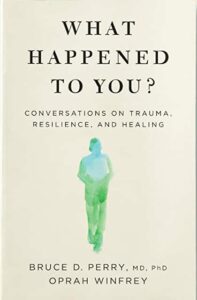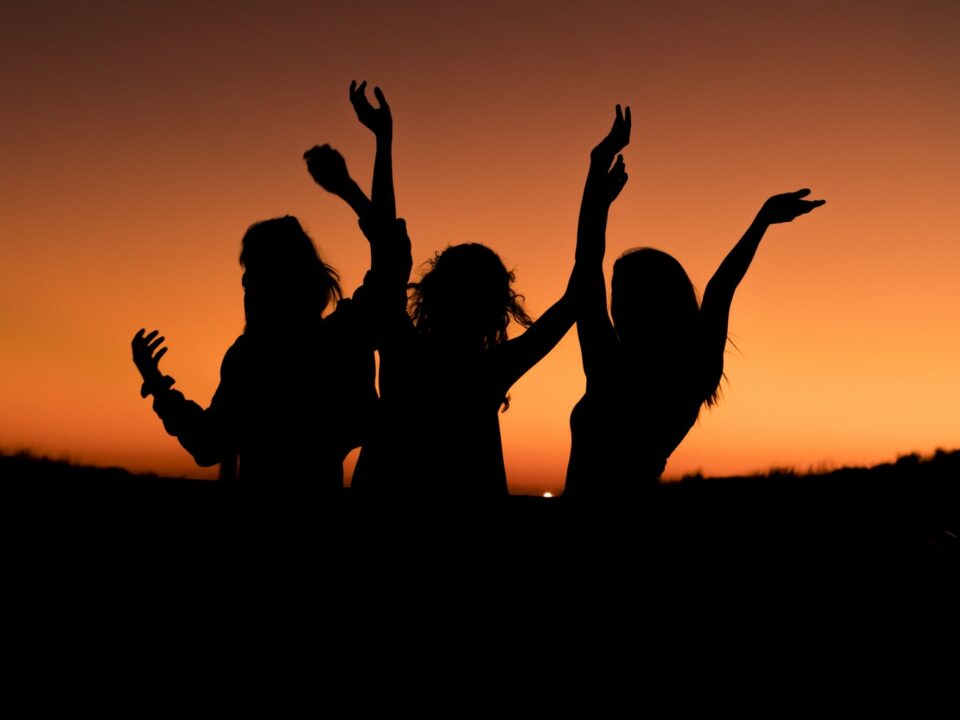Here is what Bruce Perry has to say about ‘belonging’ and ‘being loved’ in What Happened To You: Conversations on Trauma, Resilience and Healing, the excellent book he wrote with Oprah Winfrey.
‘Belonging and being loved are core to the human experience. We are a social species. We are meant to be in community, emotionally, socially and physically interconnected with others. If you look at the fundamental organisation and functioning of the human body, including the brain, you will see that so much of it is intended to help us create, maintain and manage social interactions. We are relational creatures.
And the capacity to be connected in meaningful and healthy ways is shaped by our earliest relationships. Love, and loving caregiving, is the foundation of our development. What happened to you as an infant has a profound impact on this capacity to love and be loved…. (p. 75)
 ‘… these caregiving interactions help build the infant’s capacity to love. The attentive loving behaviours grow the neural networks that allow us to feel love and then act in loving ways towards others. If you are loved, you learn to love. Caring for an infant in this loving way also changes the brain of the caregiving adult. These interactions regulate and reward both child and caregiver.
‘… these caregiving interactions help build the infant’s capacity to love. The attentive loving behaviours grow the neural networks that allow us to feel love and then act in loving ways towards others. If you are loved, you learn to love. Caring for an infant in this loving way also changes the brain of the caregiving adult. These interactions regulate and reward both child and caregiver.
The capacity to love is at the core of the success of humankind. The reason we’ve survived on this planet is that we’ve been able to form and maintain effective groups. Isolated and disconnected we are vulnerable. In community, we can protect one another cooperatively, hunt and gather, share with the dependence of our family, our clan. Relational glue keeps our species alive, and love is the relational super glue.‘ (p. 77) [My bold]
These paragraphs not only emphasise the importance of children feeling a sense of belonging and being loved as they grow up. They also give us important insights into what can happen to children taken away from their parents at a young age, as occurred with many Aboriginal children in Australia (the so-called Stolen Generations) and Indigenous children in other countries. I highly recommend you read this book if you are interested in trauma and the healing of trauma.
The photograph used in this blog post is by Levi Guzman and has come from Unsplash, a great resource of free high resolution photographs.


